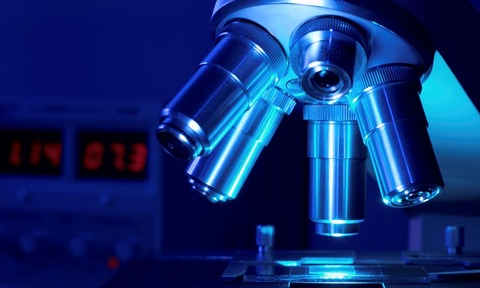Electron microscopy reveals nanoparticle reactivity
5 Nov 2013

Through the use of innovative electron microscopy, a team of researchers has discovered that the oxidisation of metals proceeds far more rapidly in nanoparticles than at the macroscopic level due to their size.
The research team used novel electron microscopy techniques to obtain levels of resolution that are only attainable with aberration-corrected scanning transmission technology.
Funded initially by the Engineering & Physical Sciences Research Council (EPSRC), the team studied the oxidisation of cuboid iron nanoparticles and performed strain analysis at the atomic level.
Iron and iron oxide nanoparticles are considered important in fields ranging from clean fuel technologies, high density data storage and catalysis, to water treatment, soil remediation, targeted drug delivery and cancer therapy, for example.
Dr Roland Kröger, from the University of York’s Department of Physics, said: “Using an approach developed at York and Leicester for producing and analysing very well-defined nanoparticles, we were able to study the reaction of metallic nanoparticles with the environment at the atomic level and to obtain information on strain associated with the oxide shell on an iron core.”
The scientists used a method known as Z-contrast imaging to examine the oxide layer that forms around a nanoparticle after exposure to the atmosphere, and found that within two years the particles were completely oxidised.
Two years of imaging showed the researchers that the iron nanoparticles, which were originally cube-shaped, had become almost spherical and were completely oxidised.
The report was published in the journal Nature Materials.

